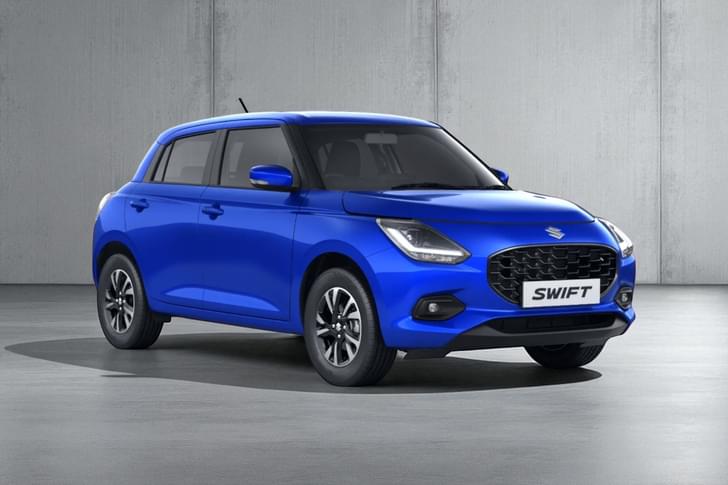A couple of weeks ago, Maruti Suzuki launched the S-Presso at an introductory price of Rs 3.69 lakh (ex-showroom, Delhi). The hatchback can be had in four trim levels – Standard, LXi, VXi and VXi(O) – and two engine-gearbox configurations. Here are the five most important things you need to know about Maruti’s latest small car.
It’s based on the Heartect platform
The S-Presso is based on Suzuki’s latest ‘Heartect’ platform which also underpins models like the Baleno, Ertiga and Wagon R. The platform not only brings structural rigidity benefits that will help the S-Presso meet the new crash test norms, but it also makes the car light. Weighing between 726kg and 763kg, depending on the variant, the base S-Presso is marginally lighter than the entry-level 800cc Alto, and a good 43kg less than the Alto K10.
It has a proper SUV stance
Maruti is marketing the S-Presso as a ‘micro SUV’, which stands true for the design of this car. It has an upright stance with a squared-off front end and a high bonnet line, lending it a true SUV silhouette. The headlamps are positioned on either side of the front grille that features angular chrome elements. Keeping with the S-Presso’s micro-SUV theme, it has a black front and rear bumper to go with the body cladding along the sides. In terms of dimensions, the S-Presso measures 3,565mm in length, 1,520mm in width and 1,564mm in height (the Std and LXi variants are 15mm shorter due to the 13-inch wheels) with a 2,380mm long wheelbase. The ground clearance is set at 180mm.
It gets a BS6-compliant engine
The S-Presso became the first recipient of Maruti’s BS6-compliant 1.0-litre K10B petrol engine that puts out 68hp and 90Nm of torque. This upgraded engine will also be utilised in the Wagon R, Alto K10 and Celerio in due course. Gearbox options for the S-Presso include a 5-speed manual or AMT. Interestingly; the lower variants (Standard and LXi) have an ARAI-certified mileage figure of 21.4kpl while the higher VXi and VXi+ variants (in manual and AMT form) are rated at 21.7kpl. When compared to the BS4-compliant version of the same engine in the Alto K10 and Celerio, the BS6-spec version (in the VXi, VXi+ variants) delivers 2.25kpl and 1.4kpl less, respectively.
It has a unique interior
The S-Presso’s interior gets a centrally-positioned instrument cluster – reminiscent of Mini – that features a digital speedometer but, misses out on a tachometer. The vents for the AC are positioned on either side of the instrument cluster with the touchscreen or audio system (depending on the variant) being positioned below it. The interior gets an all-black theme with body-coloured trim surrounding the side AC vents and instrument cluster. In terms of equipment, top-spec S-Pressos come with a 7.0-inch infotainment system with Android Auto and Apple CarPlay, steering-mounted controls, manual AC, rear parcel tray and a 12V accessory socket. ABS, a driver-side airbag, rear parking sensors, seatbelt reminders, a digital speedometer and a speed alert system are standard safety features across the range. The Option pack, which is available on all variants except the top-spec, adds a passenger side airbag.
It’s pricier than the Kwid but…
A day after the S-Presso’s launch, Renault introduced the facelifted Kwid at Rs 2.83 lakh (800cc). Prices for the 1.0-litre Kwid (which is the Maruti’s main rival) start at Rs 4.33 lakh for the base petrol-MT variant and go up to Rs 4.84 lakh for the top-spec Climber AMT. This means that the Renault manages to undercut the S-Presso (Rs 3.69-4.91 lakh) at the top-end. However, the S-Presso gets an upgraded BS6-compliant engine while the Kwid’s is BS4-compliant. Renault will update the 0.8 and 1.0-litre engines closer to the April 2020 deadline, which should hike up the prices by a decent amount. Taking that into consideration, the two rivals in the ‘micro SUV’ segment are pretty neck-and-neck for now.
Would the S-Presso's efficient, peppy BS6 engine and spacious cabin lure more buyers than the Renault Kwid? Let us know what you think in the comments below.







































